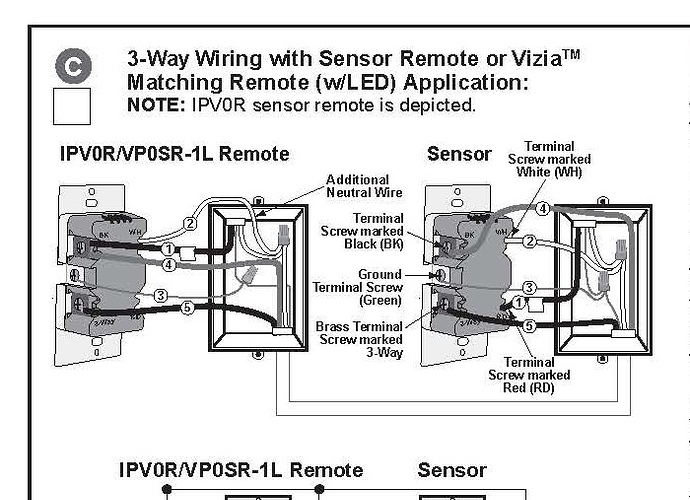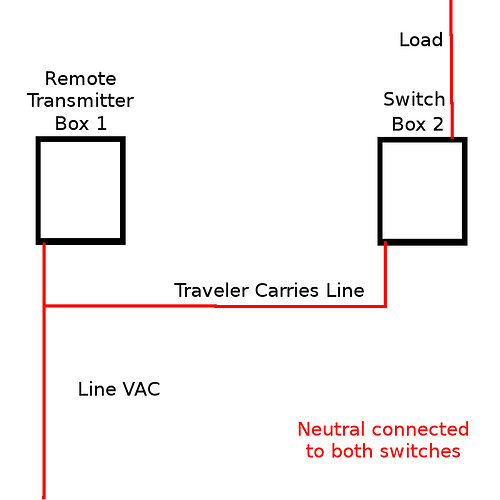I want to install a 3 way wall switch. How does the 2GIG and ADC system deal with this?
In a 3 way set up, lets say the zwave switch is on. I hit the other swtich and it turns the lights off switch off, even though I did not touch the z-wave switch. So it is still in the “last position” which used to be “on”, but now it is off.
Will the 2 GIG system recognize that it is now off even though you left it in the “on” position?
This matters because when you try to turn the lights on again via z-wave and don’t touch any switches, it may not work because it still thinks the switch is “on” due to its position, but it reality the lights are off because the other swtich was moved.



